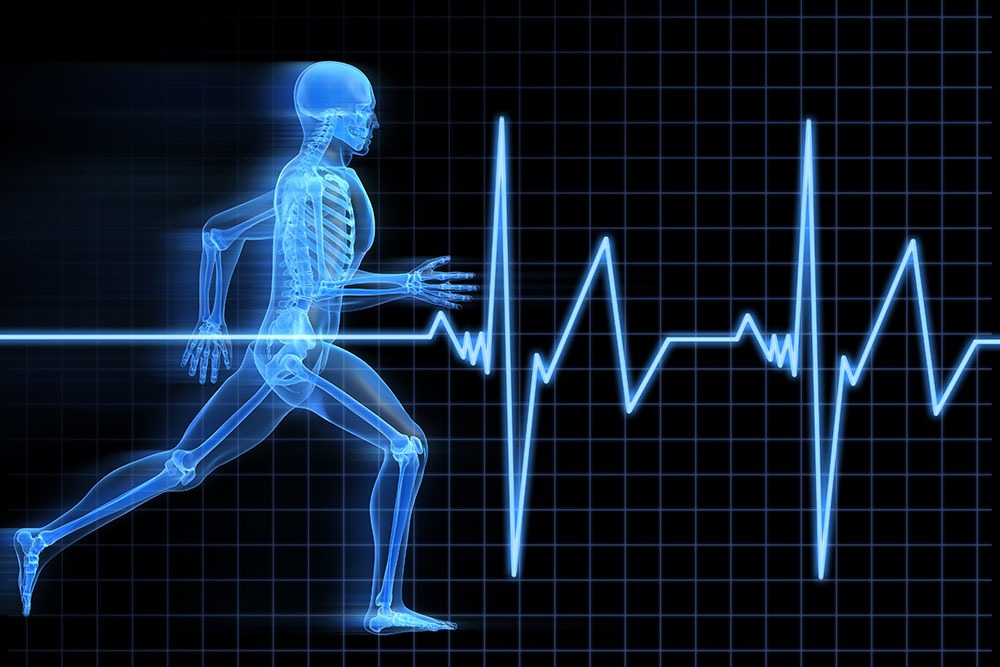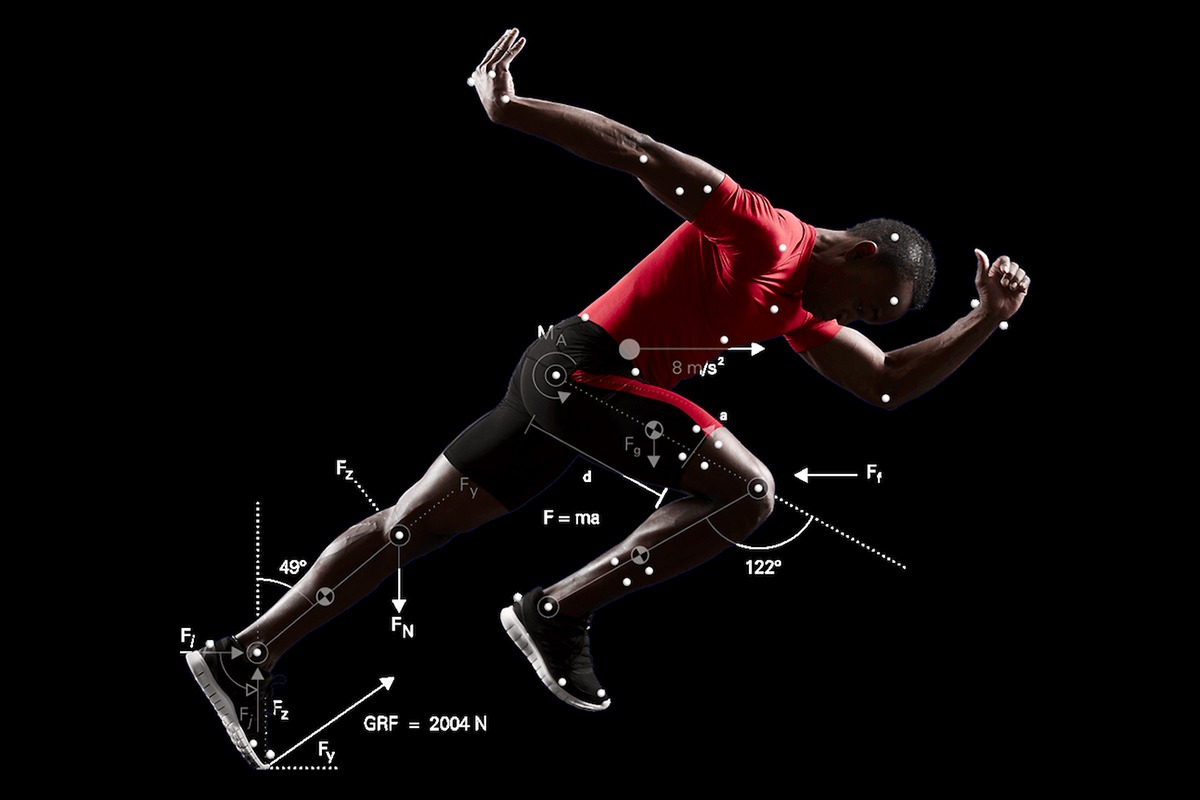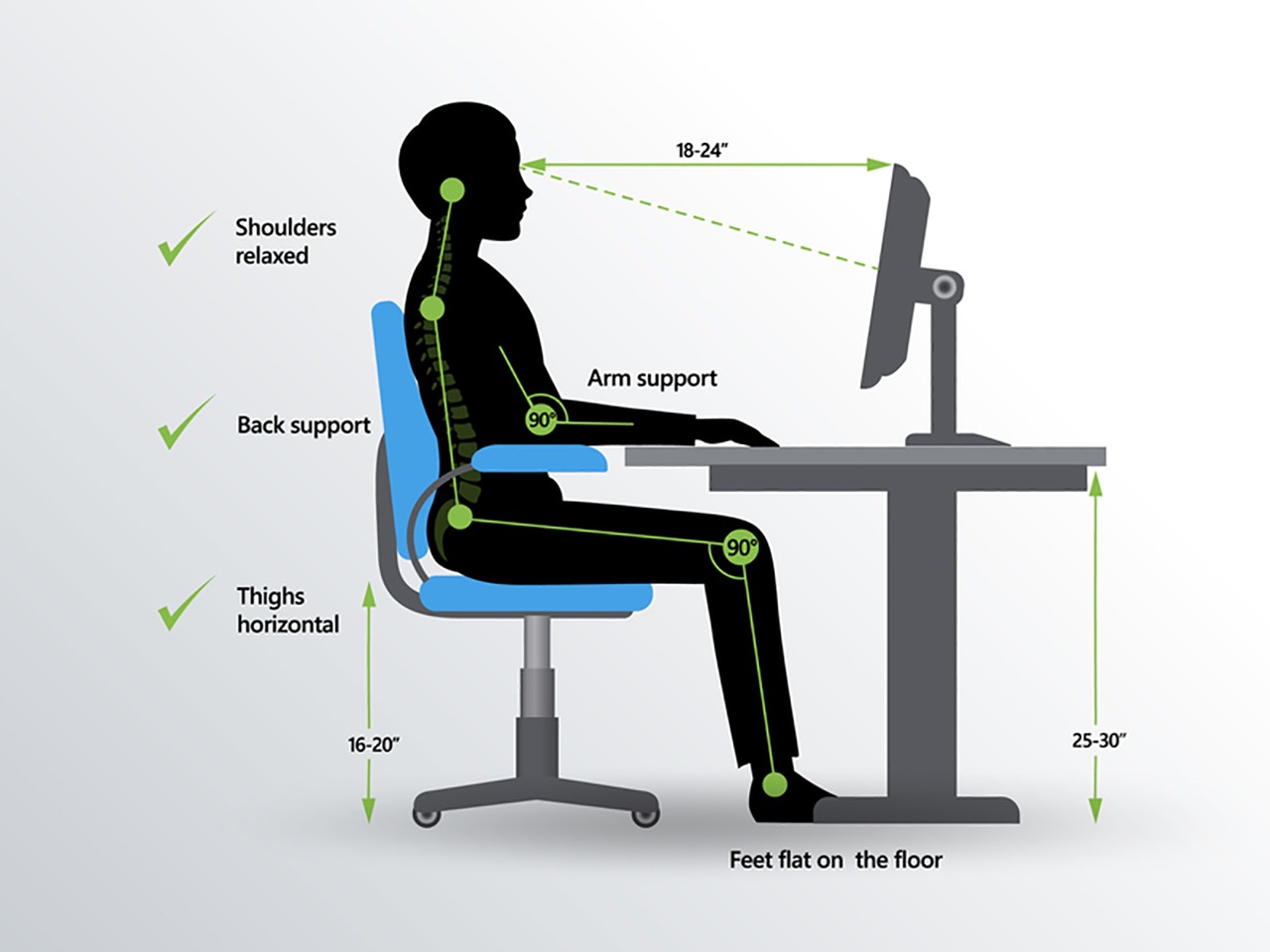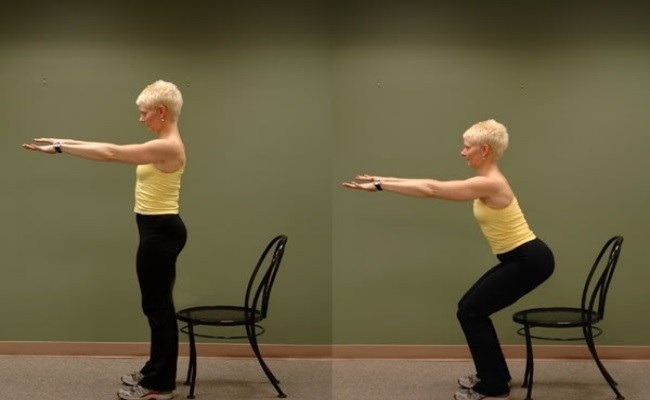
In my last post, I explored the inadequacies of an exercise science degree that focused too narrowly upon one academic sub discipline (i.e., exercise physiology) as the central focus of the program. In the following sections, I would like to explore the constituents of a well-rounded and balanced exercise science degree, as well as a brief overview of the benefits of such a program.

Ives and Knudson (2007) suggested that an exercise science program that included other sub disciplines of kinesiology (i.e., motor behavior, and biomechanics) would broaden a graduate’s skill sets and scope of practice. In essence, increasing a graduate’s versatility would increase his/her marketability in the workforce. As mentioned in my previous post, the American College of Sports Medicine (ACSM) identified forty-six medical conditions for which exercise physiologists could assist in treating (Ives & Knudson, 2007). However, the authors determined that twenty-one of these conditions required more skill sets than which exercise physiology alone could provide (Ives & Knudson, 2007). Ives and Knudson (2007) reasoned that motor learning and biomechanics were essential in treating the ACSM’s twenty-one conditions that exercise physiology, as a stand-alone modality could not competently treat.

Ives and Knudson (2007) provided five unique opportunities that balanced exercise science programs could access in the market: psychophysical and motor skill training for wellness, orthopedic rehabilitation skills, mind-body medicine, occupational settings, and special populations. Exercise professionals often overlook psychophysical and motor skill training for wellness as a viable tool for training unique populations. Often, these principles are applied exclusively to athletes. However, these principles can also be applied to aging populations, as well as children (Ives & Knudson, 2007). The authors suggested that motor skill ability is inherently associated to fitness, in that a person, who knows how to move correctly, is more likely to adhere to an exercise program (Ives & Knudson, 2007). Thus, understanding the importance of motor behavior and its applications beyond athletic populations, increases a graduate’s opportunities for increased business and marketability.

Musculoskeletal injury prevention and rehabilitation is the second opportunity that balanced exercise science programs could access. Ives and Knudson (2007) expressed that injury prevention was heavily predicated upon a comprehensive assessment of balance, posture, and movement. The authors suggested that motor behavior and biomechanics were central in resolving these postural and movement dysfunctions (Ives & Knudson, 2007).
Mind-body medicine is the third opportunity Ives and Knudson (2007) indicated for well-rounded exercise science programs. Mind-body training may be seen as those techniques that help relax a client (Ives & Knudson, 2007). Proper posture, focused body awareness, controlled breathing and stress reduction techniques can achieve this. All of these methods live under motor behavior, and within the scope of practice of an exercise professional (Ives & Knudson, 2007).

An occupational setting is the fourth opportunity outlined by Ives and Knudson (2007) as a market that exercise professionals could enter. Ergonomics is a discipline heavily immersed in biomechanics and motor behavior, providing fertile ground for an exercise professional to thrive. Ergonomic assessments require identification of job functions, physical requirements of job tasks, assessment of forces, postures, motor skills, and psychological/physiological demands (Ives & Knudson, 2007). Graduates that have been exposed to a balanced academic program would be well suited to perform ergonomic assessments.

Special populations is the fifth and final career area that exercise professionals could work within. Ives and Knudson (2007) suggested that children with adapted physical education needs, frail elders, and athletes were all populations that exercise professionals could intervene upon. The authors reasoned that all three populations shared a common theme; they require modifications of movement, which is within the realm of motor behavior and biomechanics (Ives & Knudson, 2007).
Prescribing, monitoring and coaching effective exercise training programs requires a deep understanding of the relationships between physiology, biomechanics, neurology, and cognitive components of movement. Exercise science programs that implement a holistically derived approach will help improve graduates’ marketability, and effectiveness in the workforce. More importantly, exercise science will grow and evolve into a viable and respected field that will help people, and change lives.
References
Ives, J. C., & Knudson, D. (2007). Professional practice in exercise science; The need for greater disciplinary balance. Sports Medicine,37(2), 103-115.
-Michael McIsaac
